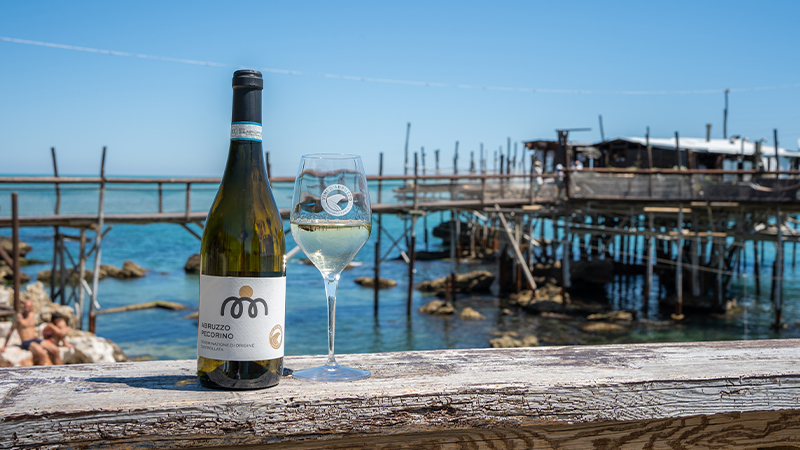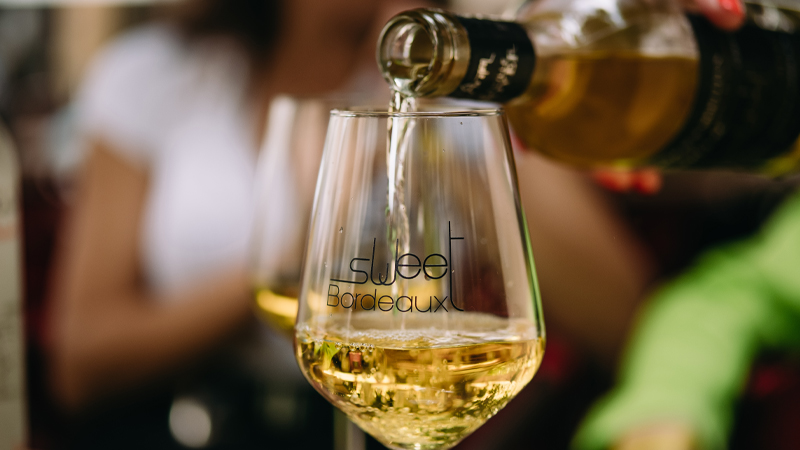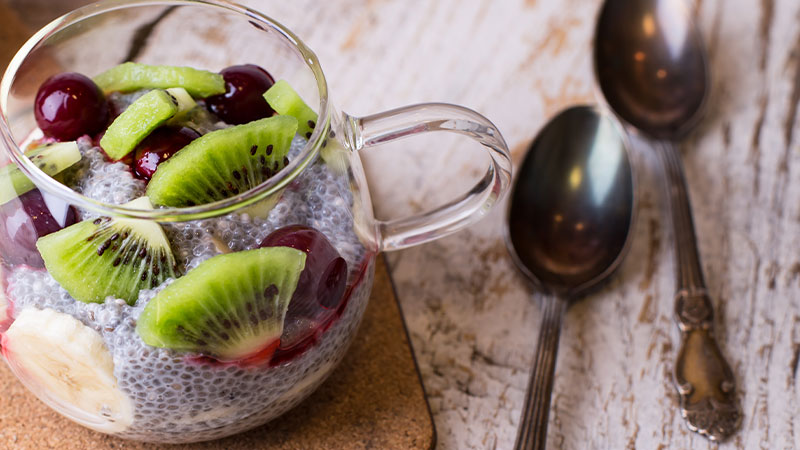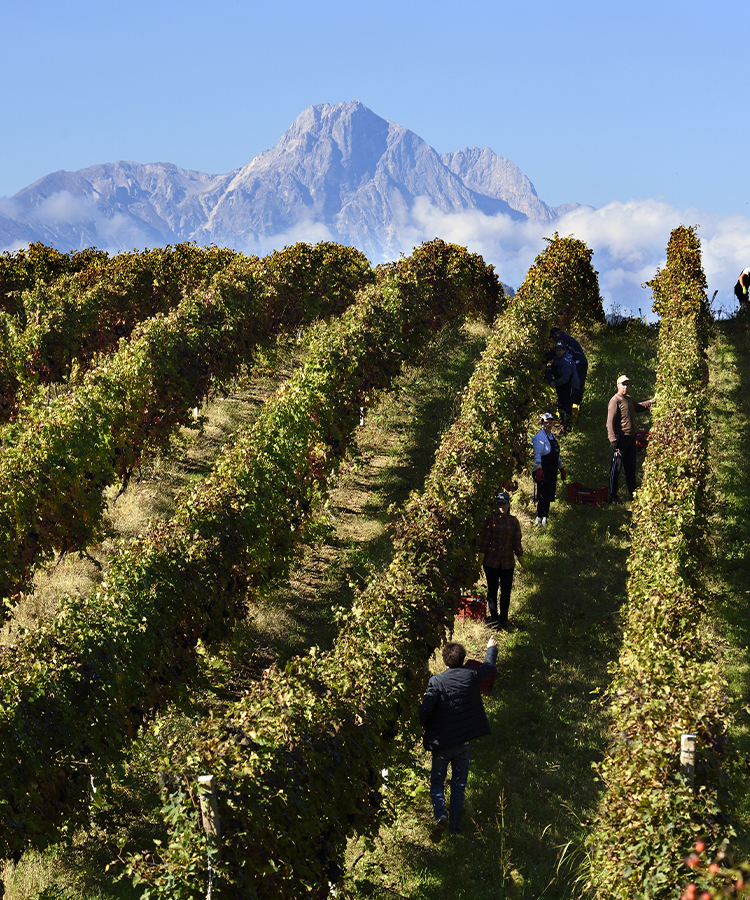
When you think about Europe, your mind probably first wanders to timeless landmarks like the Parthenon in Athens, the Eiffel Tower in Paris and the Colosseum in Rome. Then, if your mind is anything like ours, it will wander to the fresh pastas in Italy and flutes of crisp Champagne in France. While iconic wine and food represents a country’s tradition, they barely scratch the surface of all that Europe has to offer.
That is why the European Union recently funded a promotional campaign called The Charming Taste of Europe. The campaign introduces the flavors of lesser-known wines from Italy and France and fresh fruit from Greece to consumers in Canada and the United States. Quality, not quantity, is key in these lesser-known regions. The EU handpicked agricultural products from Italy, Greece, and France to showcase the charm, beauty, and heritage of Europe. These European agricultural products are distinguished by quality, tradition, food safety, and high production standards.
Italy

While the boot-shaped country of Italy is rich with famous wine regions, the hidden gem of Abruzzo is one of the oldest. The soaring, mountainous, coastal region in central Italy along the Adriatic Sea is best known for the red Montepulciano grape, but also grows the white grapes Trebbiano d’Abruzzo, Passerina, Pecorino, and Chardonnay as well as the red grapes Sangiovese, Cabernet Sauvignon, and Merlot.
The Consortium for the Protection of Wines of Abruzzo is a nonprofit association that represents five of the area’s DOCs. Montepulciano D’Abruzzo DOC is the best known DOC in the group because it best represents the wine of Abruzzo. The intense, ruby red color, unmistakable floral and spice aroma, and its dry tannins make it one of Italy’s great reds.
Cerasuolo d’Abruzzo, on the other hand, is dedicated exclusively to rosé. Cerasuolo translates as “pale cherry red,” and winemakers in this region limit the time the Montepulciano grape skins are fermented with the juice to create a deep pink wine. The dry, slightly tannic wine has bright acidity and pairs well with dishes like lobster bisque, Serrano ham, and pan-seared tuna steak.
France
In a country known for its wine regions, Bordeaux is one of the most famous. The port city along the Garonne River in southwestern France is world-famous for top-notch wine labels. The vast majority of wines from Bordeaux are dry reds and whites — sweet “golden white” wine only represents 2 percent of the region’s total wine production. That 2 percent is small but mighty, thanks in a large part to a fungus called Botrytis cinerea or noble rot.
Frequent morning mists rise along the Garonne River as cooler water from the area’s tributaries flows into the warmer waters of the river. The mists are a breeding ground for Botrytis cinerea. The fungus attacks ripe, thin-skinned grapes, shriveling the grape and leaving a concentration of flavors and aromas. This rare fungal infection creates rich wines with seductive aromas and complex flavors. Sémillon, Sauvignon, and Muscadelle are the typical grape varieties of the area.

The Union of Sweet Bordeaux Wines represents eight regional appellations that offer eight interpretations of sweet golden white wine. The appellation produces brightly colored, sweet golden wines made from the Sémillon, Sauvignon Blanc, and Muscadelle grape varieties. The Sémillon wine has delicate aromas of flowers and white fruit, while the Sauvignon Blanc and Muscadelle varieties provide fruity notes and freshness. These wines are the perfect accompaniment for dishes with savory flavors, such as a juicy roasted chicken or any seasoned red meat.
AOC Cadillac sits in the heart of the region. Wine producers must follow the AOC’s strict regulations of limited yields, vinification in small volumes, and late harvest by successive selection of botrytised grapes. The Sémillon, the Sauvignon, and the Muscadelle varietals are harvested by hand and aged 12 to 18 months. The result is sophisticated wine with white blossom and citrus fruit aromas. These wines are perfect aperitifs that pair well with Roquefort cheese, salads, and nuts.
Greece

Greece is home to one of the oldest civilizations in the world. The southeastern European country made up of 2,000 islands is well known for being the cradle of Western civilization, the birthplace of democracy, and the foundation of philosophy. What it might not be as well known for, but should be, is home to some of the best cherries and kiwis in the world.
New Zealand began importing kiwis, originally named “Yang Tao,” from China in the early 1900s. The small, bright green fruit thrived in the local climate. By 1952, produce companies changed the name to “kiwi” in an effort to rebrand and export the fruit worldwide. The exotic fruit intrigued Europeans. By the 1970s the first kiwi plantains in Europe were up and running. Today the EU is a major global player in kiwi production and exportation. Greece in particular, with its temperate climate and fertile soil, is one of the continent’s largest kiwi growers.
The fertile soil in Kavala on Greece’s northern coast helps produce some of the most delicious kiwis, asparagus, tomatoes, peppers, watermelons, cherries, and apples in Europe. The Mediterranean climate with mild winters and dry summers, the mineral-rich soil and intricate irrigation networks provide a rich environment to grow crops. The Union of Agricultural Cooperatives of Kavala supplies the world with the green vitamin powerhouse that spruces up salads, meat dishes, and desserts.
About 150 miles southwest of Kavala sits a small village saddled between Mount Olympus and the Peoria Range called Rachi. This agricultural village has a clay and sand soil composition that provides an ideal growing group for cherry trees. Rachi cherries stand out for their deep red color, large round fruit, and crisp skin. The Rachi Pieria Agricultural Cooperative follows the strict European guidelines for cultivation, ensuring consistent quality fruit.
Nothing says “summer” like bright red cherries. They are the perfect ingredient for desserts, pies and tarts, or used to top ice cream or yogurt. The antioxidant-rich fruit can also top a savory meat dish like pork tenderloin, black pepper steak, or grilled pork chops.
The mission of “The Charming Taste of Europe” is to awaken the senses by connecting food, cultures, and territories with promotional dinners and events. The campaign wndill run through 2023, so keep an eye out for local events in your neck of the woods.
This article is sponsored by The Charming Taste of Europe.
